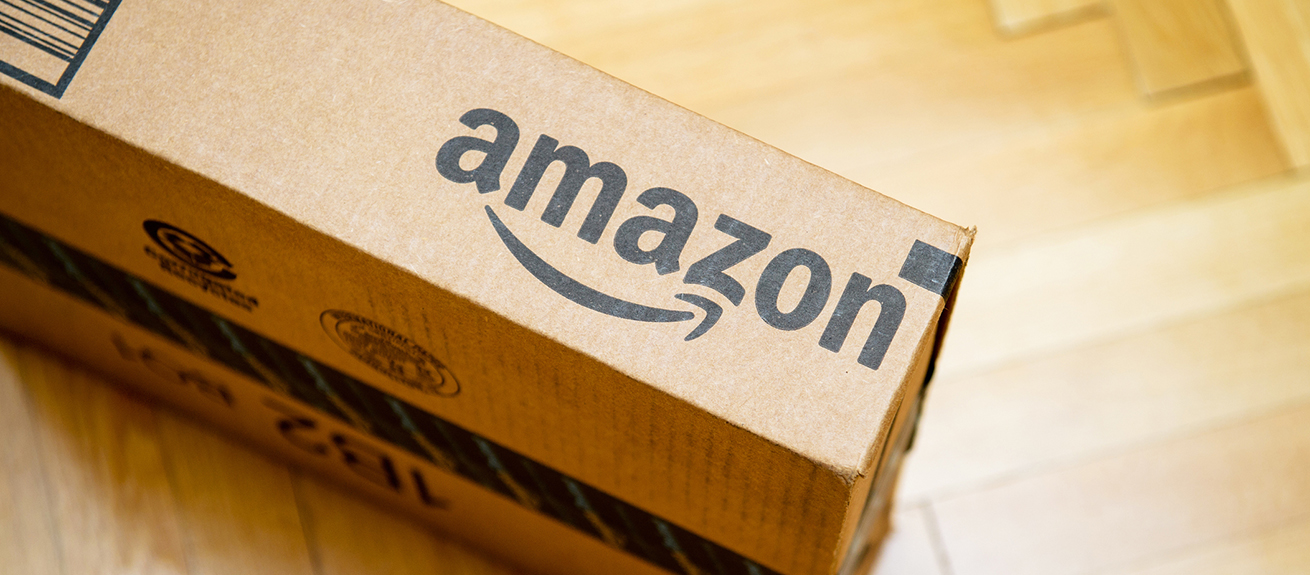
Why corporate earnings matter so little to Amazon
No industry captain has garnered as much attention as Amazon’s chief executive Jeff Bezos.
When the e-commerce giant announced the acquisition of Whole Foods, its share price shot up to a record high of US$1,017. With his net worth swelled to US$84.7 billion, Bezos passed Warren Buffett to become the world’s second-richest person, only behind Microsoft Corp co-founder Bill Gates.
Perhaps because of this astronomic windfall, Bezos tweeted his 222,000-strong followers, asking them how to give some money away.
“I’m thinking I want much of my philanthropic activity to be helping people in the here and now – short term – at the intersection of urgent need and lasting impact.”
What made the rise of Amazon all the more remarkable was its paltry corporate earnings.
Between 1995 and 2015, its culminate profit totalled US$2.56 billion. In contrast, Walmart, the bellwether retailer from Arkansas, generated US$14.69 billion in 2015 alone, six times more than Amazon’s 21 years of corporate existence.
Still, investors could not stop buying Amazon’s shares. Measured by market capitalization, Amazon is now the world’s fourth-most valuable firm. Walmart does not even make it to the top 10.
This is bizarre. For so many corporate executives, the most important task is to deliver steady income growth with increasing profitability.
How could corporate earnings matter so little for Amazon?
An inescapable mandate for managers in any corporation is to deliver results on time and on budget. It all begins with the corporate planning process that forecasts revenues, taking into account the uncertainties in the external environment.
Top management typically extrapolates previous earnings and adds a certain percentage to meet the expectations of the investor community.
Once the budget is fixed, the job of general managers is to deliver budgets: to “ship” the exact numbers to the headquarters quarter by quarter according to plans. The biggest fear among chief financial officers is the prospect of missing the consensus forecast among Wall Street analysts on corporate earnings.
Indeed, according to a survey published in 2005 by John Graham at Duke University, a majority of finance chiefs considered missing the consensus forecast was tantamount to a major corporate setback. Some would even be willing to sacrifice future growth (by, say, cutting research and development) to meet the investors’ short-term expectations.
What Amazon has made abundantly clear, however, is that setting high profitability alone does not drive stock performance. Investors are more attracted by the growth prospects of Amazon, many times over, than the solid profitability doggedly pursued by Walmart.
Particularly in the age of ubiquitous connectivity powered by smartphones, embedded sensors and machine algorithms, business offerings often take the form of a networked platform.
In the case of Uber and Airbnb, for instance, companies have taken on the role of a platform provider, facilitating sellers on the supply side and buyers on the demand side in their efforts to exchange goods or services.
The value of a platform depends largely on the number of users on each side of the exchange. The convenience for Airbnb customers is due to the high number of independent hosts located in a city. Conversely, hosts are attracted to work for Airbnb because there are many potential travellers using the platform.
This logic of a “network effect” looms large at Amazon. That explains why Kindle e-readers are priced at a rock-bottom US$59.99 apiece. Amazon must lure a large user base to force book publishers to opt for its e-book format, which in turn increases the size of the library for consumers.
The low-cost strategy has also been the touchstone for Amazon’s Echo products, essentially Wi-Fi speakers – a sort of Siri-in-a-tube – that listens to and obeys people’s commands.
The Echo dot was sold for as low as US$29.99 during Black Friday last year. No one can make much money at that price. But for Amazon, it is a race for a large installed base. As Bezos likes to say, “your margin is my opportunity”.
Low-price strategy
But the low-price strategy is only half of the equation.
Amazon has also changed the way how back-end operations are conceptualized. As the firm moved from selling books and CDs to streaming movies and smart speakers, Bezos found new approaches to monetize bank-end infrastructure, which is normally seen as a cost centre, and turn it into new revenue streams.
Back in 2012, Amazon started to open its internal computer servers – the backbone of any internet company – to external clients.
So resolute was Bezos to win in this business that he insisted that all services on the platform be built on an open API, or application programming interface, which allows Amazon’s computer servers to easily communicate with external parties over the standard web protocol.
Companies such as Netflix or Dropbox can pay to use its infrastructure rather than building their own expensive servers. That was the basic idea behind Amazon Web Services, a cloud-based solution for the enterprise market.
The same idea also applies to the race of artificial intelligence. Upon the first launch of Amazon Echo, Bezos has aggressively pushed his 1,000-employee Echo team to speed up certifying third-party apps, aka “skills”.
In less than 18 months, Echo has mastered more than 10,000 skills, including Uber (hail a ride), Fitbit (review health statistics), Mixologist (make a cocktail), Domino’s (order a pizza), plus applications from other device makers (Philips, Samsung and General Electric).
With so many third-party apps, even Google and Apple could not break into Bezos’ stranglehold on voice-activated home speaker market.
Alternative playbook
What Amazon has demonstrated over the years is an alternative playbook to achieve stock price appreciation. Neither steady income growth nor high profitability is the only game in town. It is in fact acceptable to invest aggressively in expensive infrastructure while pursuing a low-price strategy.
As long as a company can create the prospect of growth by turning in-house infrastructure into new services for third parties, investors are open to such an unconventional strategy.
Howard Yu is professor of strategy and innovation at IMD Business School with campuses in Switzerland and Singapore.
This article was originally published in the South China Morning Post.
Research Information & Knowledge Hub for additional information on IMD publications

CFOs must drive a financially disciplined way to manage environmental and climate risk amid growing push back against sustainability efforts.

All organizations should have a plan to secure trust during, after (and even before) a crisis hits. Here are a host of examples, good and bad, to learn from.

How a private equity-backed corporate carve-out created a successful, sustainable consulting powerhouse by Benoit Leleux
Medacta Group SA is a rising star in the orthopedics market, achieving global success through innovative products and techniques, with a particular emphasis on minimally invasive techniques that bring meaningful value to its patients. With its app...

10 years of exclusive surveys reveal top supply chain strategy challenges—and how tools like AI, ML, and digital twins are reshaping the path forward.

Uncover AI use cases and opportunities with 4 clear imperatives that align data with business value. Avoid pitfalls and ask the right questions.

Stay ahead in a shifting global economy. Learn how to build resilient supply chains, manage currency risks, and adapt strategies for long-term business success.

The case study introduces an original way of exploring the many questions and concerns around AI adoption in business. Based on a true story, it discusses the dilemma of AI implementation through Joe, the CIO of ParcelFlow. Joe is getting ready to...

Women’s realities are often overlooked, but lifepreneurs—entrepreneurs innovating from experience—are turning struggles into profit and systemic change.

#post_excerptHannele Jakosuo-Jansson of Neste and Finnair shared key insights on board roles in CEO transitions and culture shifts with IMD’s High Performance Boards program.
Research Information & Knowledge Hub for additional information on IMD publications
in I by IMD
Research Information & Knowledge Hub for additional information on IMD publications
Research Information & Knowledge Hub for additional information on IMD publications
Case reference: IMD-2663 ©2025
Research Information & Knowledge Hub for additional information on IMD publications
Research Information & Knowledge Hub for additional information on IMD publications
Research Information & Knowledge Hub for additional information on IMD publications
Research Information & Knowledge Hub for additional information on IMD publications
Research Information & Knowledge Hub for additional information on IMD publications
Research Information & Knowledge Hub for additional information on IMD publications
Research Information & Knowledge Hub for additional information on IMD publications

